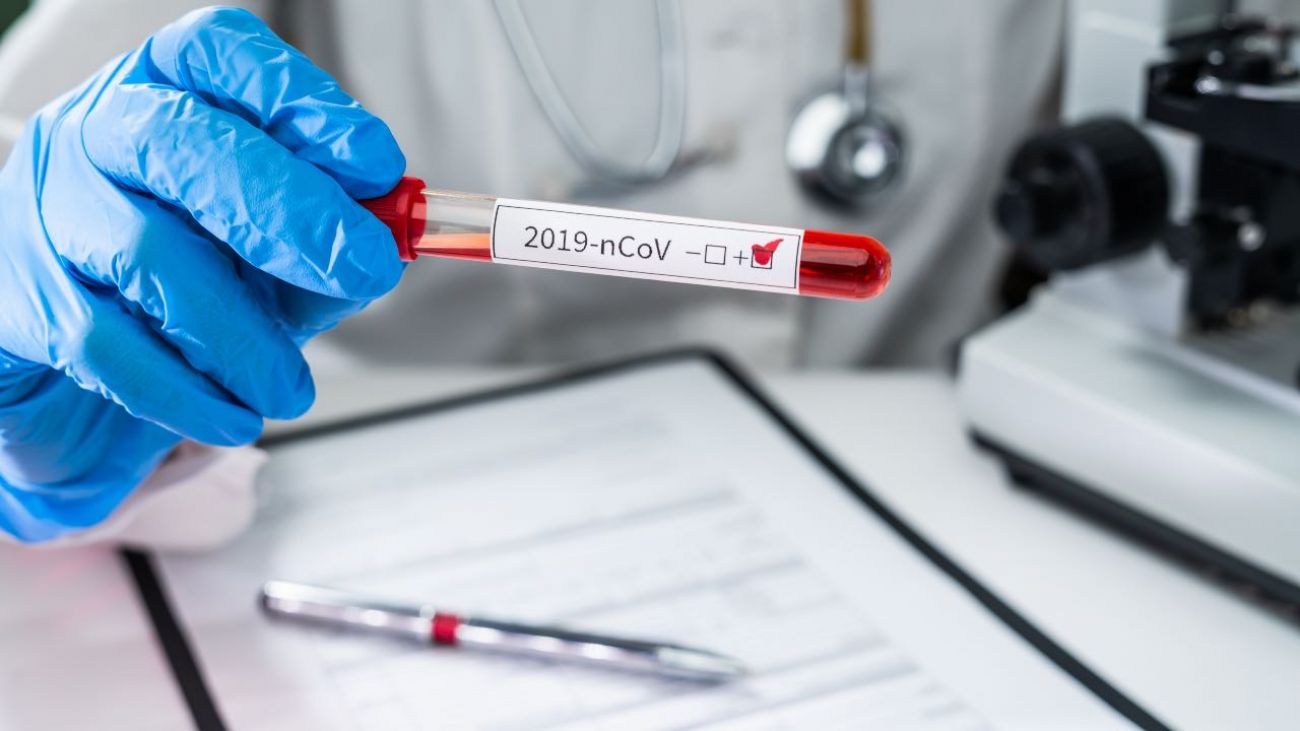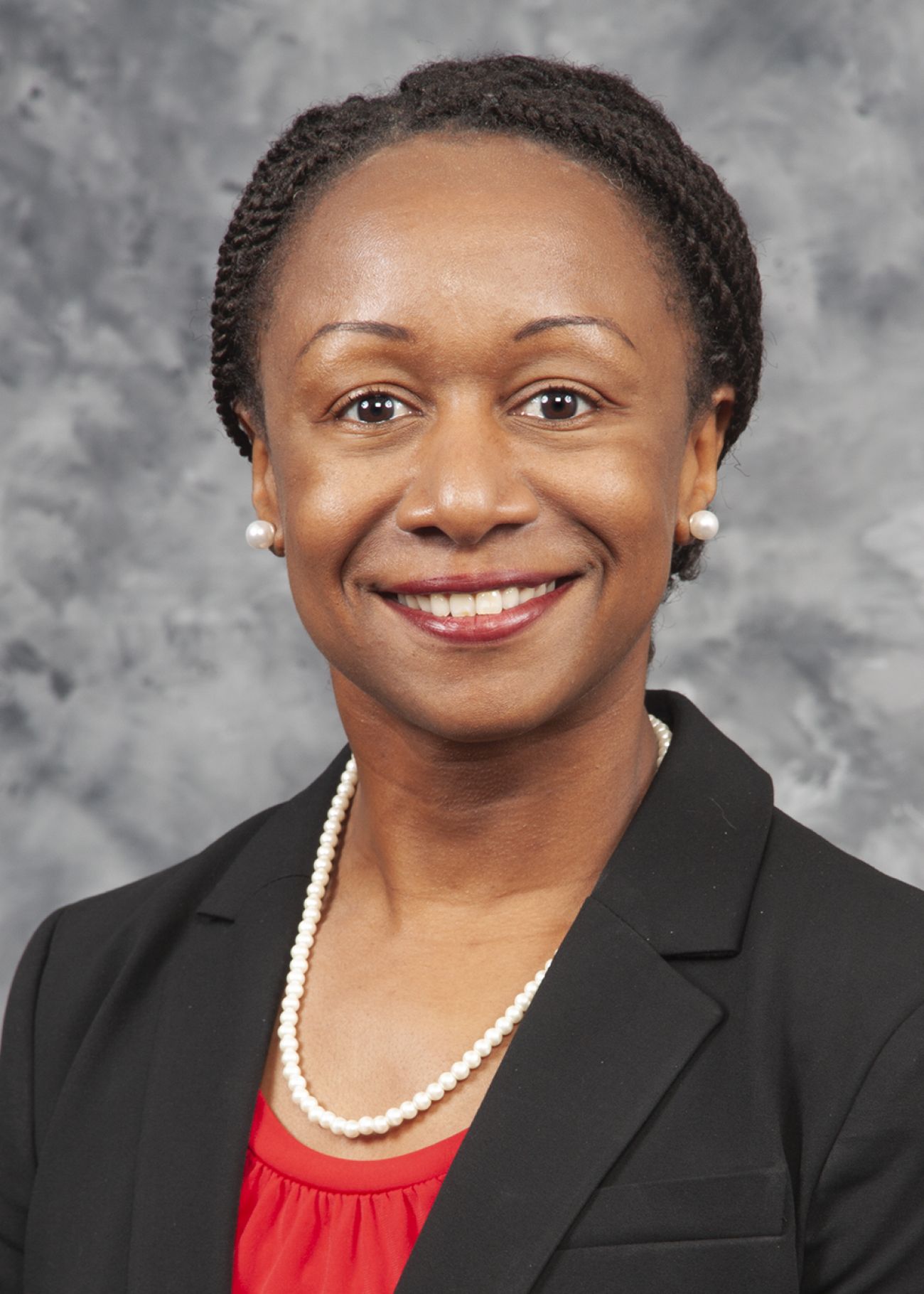Michigan is ‘flying blind’ on coronavirus without more testing, experts say


Michigan health experts agree: There’s no way to accurately estimate the spread of coronavirus in the state without far more testing.
“For the most part right now we don’t know a lot in Michigan about what’s going on,” said Aubree Gordon, an assistant professor of epidemiology at the University of Michigan’s School of Public Health.
“We are flying blind.”
With 12 presumptive cases of coronavirus disease, the state lab was poised to complete 120 tests as of Thursday for the virus.
Washington state, by contrast, is testing hundreds of samples a day, with testing split between a state lab and the University of Washington Virology Lab. The latter conducted 400 tests in a single day.
- The latest: Coronavirus Tracker: What Michigan needs to know, with map of known cases
- How to prepare for coronavirus in Michigan. Step 1: Breathe
- How to make your own hand sanitizer during coronavirus shortage
- Can I get tested for coronavirus in Michigan and other questions answered
To be sure, its accelerated testing has been driven by the explosion in coronavirus in that state.
But Gordon said Washington could be a lesson for where Michigan needs to go to stay ahead of a crisis. That state had its first case of the new coronavirus Jan. 21. Seven weeks later, as of Thursday, it had 376 cases and 31 deaths, including 23 linked to a Seattle-area nursing home.
“That absolutely could happen in Michigan if we don’t get testing set up and people don’t make responsible decisions about travel and social distancing,” Gordon said.

“I want to see more and more people tested,” Gulick told Bridge. “Today we are just going on speculation.”
The state might look to Minnesota for testing innovation, where one health care system is offering curbside testing at four sites for influenza and for coronavirus. Health care workers in protective medical gear ask people who fear they might have the virus to step out of their car, as workers take swabs and send the samples to the state lab if deemed necessary.
Michigan’s test system is not so straightforward.
A doctor who suspects a case of coronavirus must first contact the local health department. The department then contacts the Michigan Department of Health and Human Services, which provides guidance on whether a test is warranted.
If approved, the physician then obtains nasal and oral swabs from the patient and the specimens are either shipped overnight or via courier to the state lab in Lansing.
According to MDHHS, it now has capacity to test 1,300 cases of suspected coronavirus disease through kits supplied by the Centers for Disease Control and Prevention.

Michigan Chief Medical Executive Joneigh Khaldun told lawmakers Thursday that four commercial labs are now also offering testing, so state testing numbers may not reflect how much testing is being done or the total number of people who tested negative or positive.
“We’ve asked those private labs and those medical providers to coordinate closely with the local health departments so that we all know what’s going on and we can do the appropriate public health investigation quickly if there is a positive test,” she said.
Until now, all testing for coronavirus disease has been at the state lab.
“I’ve asked my team to not wait until you get low on testing kits, but to order, order, order because I expect more to be coming in,” Khaldun said.
U.S. Sen. Gary Peters of Michigan joined a conference call with Trump administration officials Thursday morning to discuss the U.S. coronavirus response. Peters, a Democrat, told reporters after that call that the Trump administration's efforts to provide resources to states like Michigan are "wholly inadequate."
We have not been putting out tests and doing the testing that is necessary."
-- U.S. Sen. Gary Peters
"The reason we're in this situation right now [with the virus confirmed in Michigan] is that we have not been putting out tests and doing the testing that is necessary," he said.
As of Wednesday, CDC and public health labs in the United States had tested just over 11,000 people nationally for coronavirus, according to the CDC. With a population that is one-seventh that of the United States, South Korea, has tested more than 230,000 people. It is now testing 20,000 people a day. The two countries announced their first coronavirus cases on the same day.
According to one analysis, the United States has about five coronavirus tests for every 1 million people. South Korea has 3,692 tests per million people and Guangdong, China, 2,820 tests per million people.
In early March, South Korea also rolled out drive-through coronavirus testing sites, where motorists are met by health workers dressed in hazmat suits.
The slow U.S. rollout of coronavirus testing stems in part from flaws in the CDC’s original genetic test approved in early February and sent to approximately 100 state and city labs. It proved unreliable and had to be revamped.
U.S. Food and Drug Administration rules originally barred state and commercial labs from developing their own coronavirus diagnostic tests. CDC and FDA reversed course on this stance on Feb. 29.
Experts also fault the Trump administration for focusing in early weeks on containing the virus through a travel ban to and from China – instead of gearing up testing at the same time in anticipation of its likely spread to the United States.
“They needed and still need to be searching for where the cases are, instead of trusting that limited travel bans were keeping out a virus that was probably already on the march,” former FDA Commissioner David Kessler told Politico.
Earlier this month, President Trump told reporters without evidence at a briefing at CDC’s Atlanta headquarters that “anybody who wants a test gets a test.” That was not true.
In the Monroe County Health Department in Michigan’s southeastern corner, officials are working with local doctors to determine who will be tested. Between providers and worried residents, “we’re getting multiple, multiple calls a day,” said Kim Comerzan, county health officer.
Though the department has the final say, “we’re listening to the private provider who has the patient in front of him and has that clearer clinical picture."
In the meantime, University of Michigan epidemiologist Gordon is crossing her fingers that Michigan will soon make dramatic strides on the testing front. But that could bring sobering results, she said.
“I am hopeful that the testing situation is going to get a lot better. And when it does, it’s going to look a lot worse.”
Bridge reporters Jonathan Oosting, Kelly House and Robin Erb contributed to this report.
See what new members are saying about why they donated to Bridge Michigan:
- “In order for this information to be accurate and unbiased it must be underwritten by its readers, not by special interests.” - Larry S.
- “Not many other media sources report on the topics Bridge does.” - Susan B.
- “Your journalism is outstanding and rare these days.” - Mark S.
If you want to ensure the future of nonpartisan, nonprofit Michigan journalism, please become a member today. You, too, will be asked why you donated and maybe we'll feature your quote next time!








